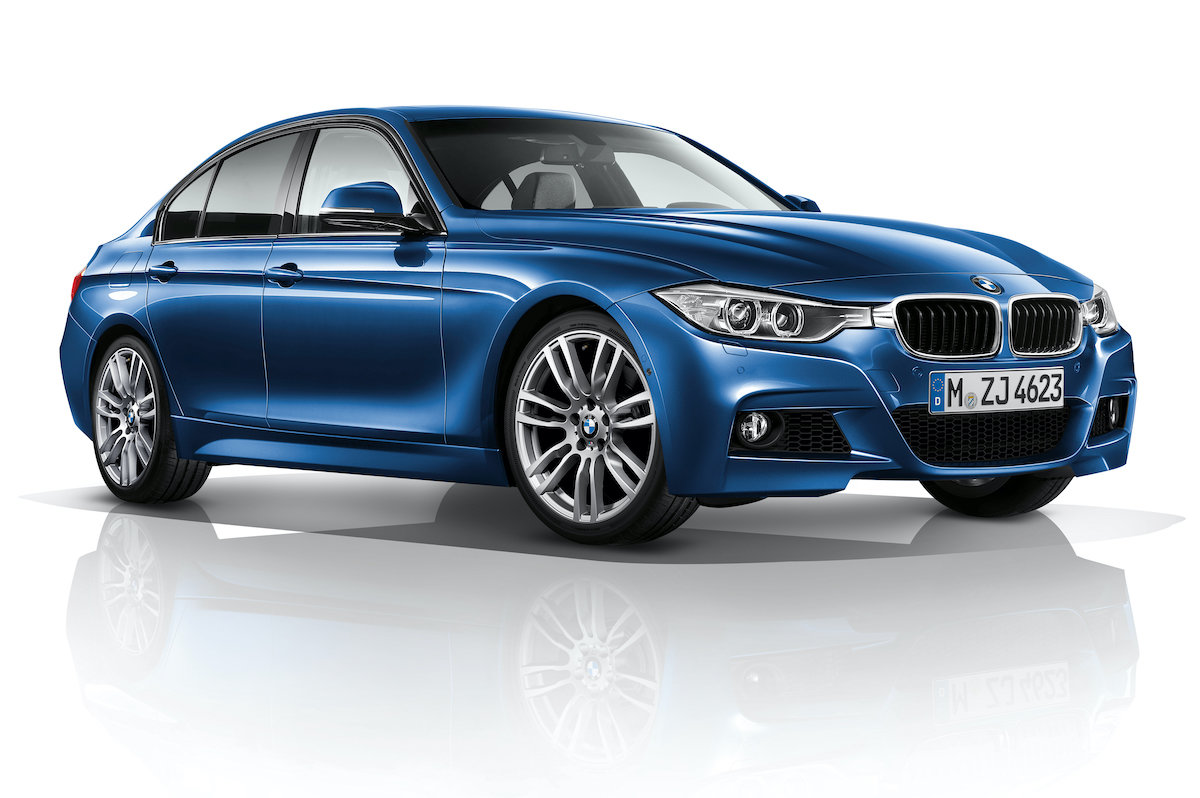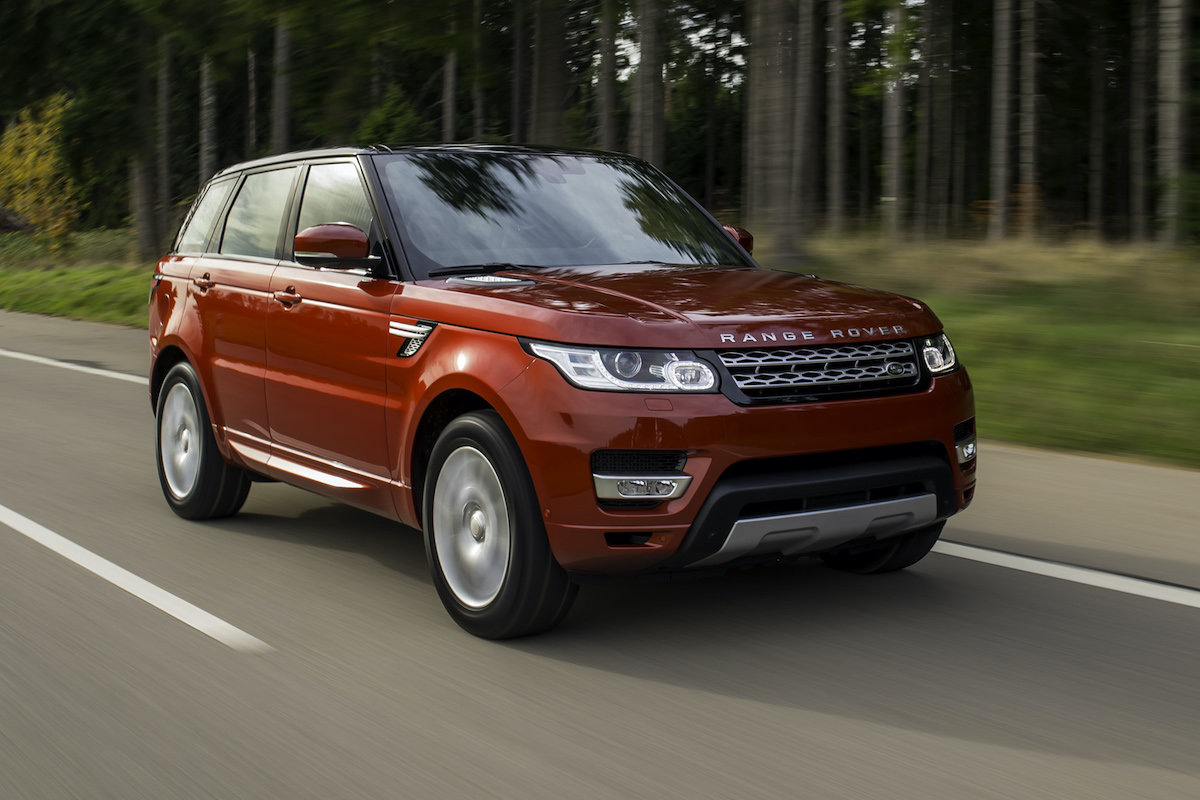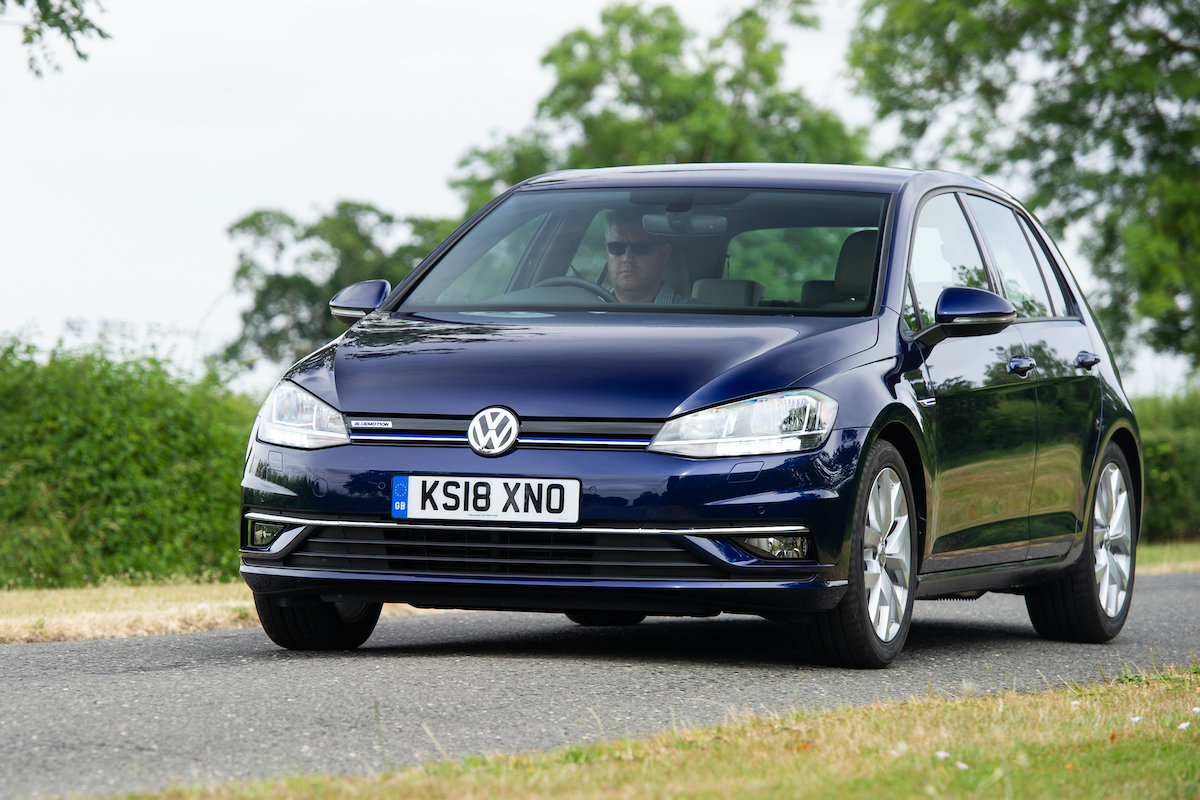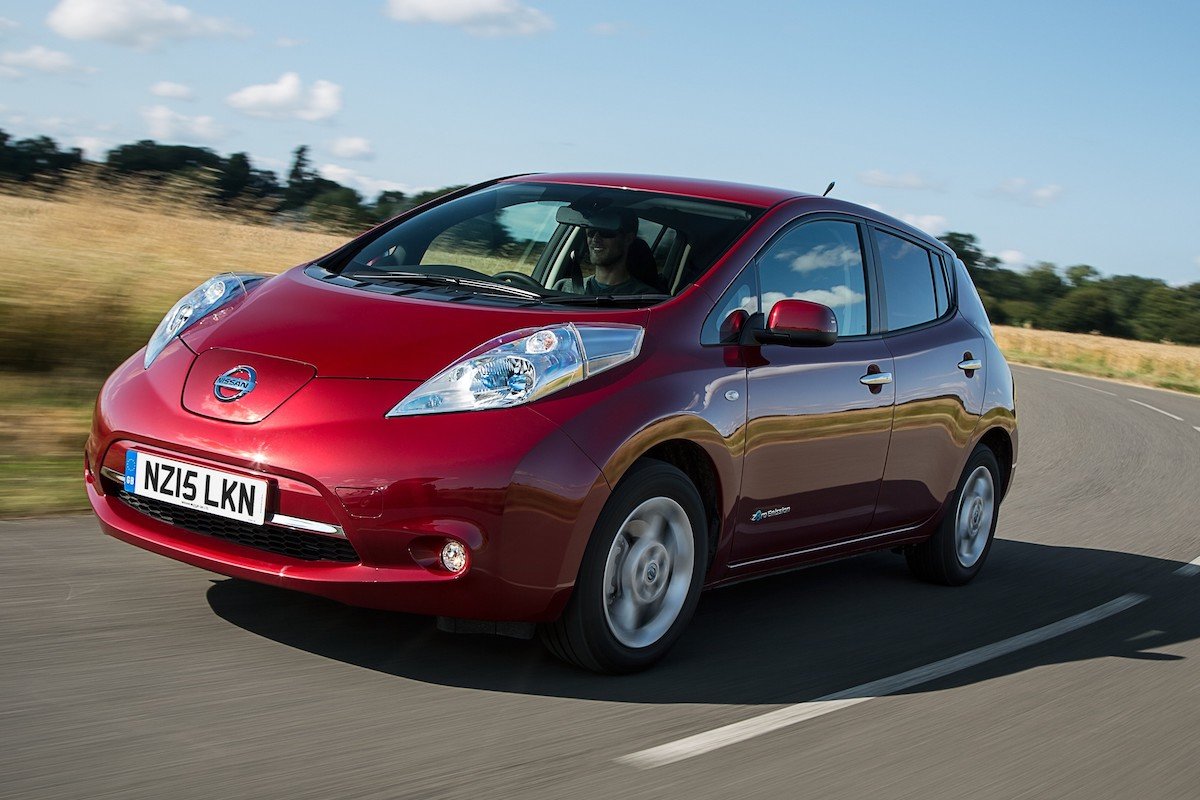Exactly what constitutes good mileage on a used car depends on a variety of factors, including what type of car it is, what kind of fuel it’s powered by, how old it is, and a variety of others. In this article, we’ll take you through these numerous variables and explain what kind of numbers you should be looking for.
For some buyers, purchasing a car that’s covered a low mileage is the Holy Grail, perhaps the most important factor in their decision-making process. But could buying a higher-mileage car make more sense? Here we’ll take a look at some of the questions you need to ask when looking at a car’s mileage, and examine how mileage affects its value by looking at four individual models.
What is a Good Mileage for a Used Car?
- What is Average Mileage?
- Is it Better to Buy a Low-Mileage Car?
- Should You be Wary of a Higher-Mileage Vehicle?
- The Importance of Servicing
- Keep an Eye on the Warranty
- Case study: BMW 320d M Sport (F30)
- Case Study: Range Rover Sport
- Case Study: Volkswagen Golf SE Nav
- Case Study: Nissan Leaf

What is Average Mileage?
You might have a figure in your head for what a car’s average annual mileage should be and many of us think that around 10,000 miles a year is the correct ballpark for a used car. In fact, the distance covered by passenger vehicles has been dropping in recent years as revealed by examining mileages recorded at annual MoT tests over the past couple of decades.
Since the MoT system has been online since 2002, it’s been easy to track the average annual mileage of the nation’s vehicles, and back in 2002 the figure stood at 9,200 miles. Since then, however, MoT history records show that that figure has been dropping quite significantly, and average mileage now stands at just 7,500 miles per year.
However, newer cars do tend to do higher mileages and data for three-year-old cars at their first MoT test reveal an average figure of just over 10,000 miles per year. There’s also a further interesting point here in that there’s a marked difference between petrol and diesel engined cars, with drivers who cover greater distances opting for diesel models, so fuel type really matters. At three years old, a diesel’s average annual mileage is 12,500 miles, whereas a petrol car’s mileage is likely to be closer to 7,500 miles for each year of its life on the road.
Is it Better to Buy a Low-Mileage Car?
Does mileage matter when buying a second-hand car? While common sense might seem to dictate that buying a car with a low annual mileage is always a good thing, it’s not necessarily the case, especially given they will have suffered less depreciation and are more expensive. Cars with previous owners who have covered a lower mileage may have only been driven for short journeys, which means that their engines might not have been fully warmed up on a regular basis. An engine that doesn’t reach its optimum temperature will wear faster than one that always runs at the correct temperature when doing longer journeys.
If you’re looking at a diesel car, then lower mileage cars that have spent most of their lives doing short journeys in town are probably best avoided as their Diesel Particulate Filter (DPF) could have become blocked. In order for a diesel engine’s DPF to regenerate and clean itself, it needs to get hot, and this doesn’t tend to happen when a car only does short journeys in built-up areas.
While you might expect a lower mileage car to have led an easier life than one that’s done a higher mileage, it’s worth considering that some components may have actually been used more in a car that’s covered fewer miles. A car driven in rush hour traffic, for example, will have used its clutch, gearbox and brakes far more than one that has sat on the motorway all day long, which could lead to premature wear of those items. And it’s also true that some car parts deteriorate from a lack of use: rubber parts - such as seals and tyres - can perish and brake discs can go rusty on cars that are only used infrequently.
However, a low-mileage car can also be in a better overall condition inside and outside. Its seats will probably have suffered less wear, and it will have had less opportunity to have picked up stone chips to its bodywork during its lifespan.
If your annual mileage is higher than average, then buying a low-mileage car makes sense financially, because if you keep it for two- or three years, then by the time you come to sell it, the chances are it will then have covered an average number of miles for its age, and so it should still have a solid retained value.
Should You be Wary of a Higher-Mileage Vehicle?
High-mileage cars can offer a good opportunity to buy a cheaper car and the fact that they have covered more miles shouldn’t necessarily put you off. Check for a full service history as a rule of thumb on an older car – that’s a must – as it demonstrates that a car has been looked after and had all the correct maintenance carried out during its life. Keep a particular eye out for the big jobs that only need to be done every few years, things like changing the timing belt. The infrequency of the work needed means it can be easy to forget, and because these jobs are comparatively expensive, neglectful owners can be tempted to skip them. However, such maintenance is essential for the health of your car, so make sure they’ve been done on any used vehicle you’re considering.
You may sometimes see the term ‘motorway miles’ in an advert for a higher-mileage car and there’s a good reason for this, because cruising on a motorway is the optimum way for a car to drive. Its engine will be kept at the correct operating temperature when wear and tear is kept to a minimum, and there will be less use of the clutch and brakes. Conversely, items such as suspension components might lead a harder life, and these may wear out at a faster rate than on a lower mileage car, so listen out for clonks or rattles on a test drive.

Higher-mileage cars may also be more susceptible to picking up stone chips to their bodywork and windscreens, so that’s something to check when looking at a prospective purchase at a dealership.
If you cover a lower-than-average mileage, then buying a higher-mileage car can be worthwhile thanks to their lower purchase price. If you keep the car for several years, by the time you come to sell it again, it will be closer to the value of an average-mileage car.
The Importance of Servicing
Most cars these days tend to have long-life service intervals and no matter whether the car you’re looking to buy has a lower - or indeed higher - mileage, it’s still vital it has been serviced according to the manufacturer’s recommendations, so do check its maintenance records. Servicing can be based on mileage covered or elapsed time, and some owners might not be aware of this, which can lead to low-mileage cars missing out on recommended servicing.
If a car has extended service intervals, it’s possible that those only covering a low annual mileage could miss its scheduled service, so do check a car’s service history. We’d recommend that a higher-mileage car should be serviced at the mileage intervals recommended by the manufacturer, but one that only covers a low mileage should be serviced once a year.
Keep an Eye on the Warranty
You should also be aware what effect a car’s mileage has on its warranty. All manufacturers offer warranties that are limited in terms of both time and mileage, but the thresholds can vary wildly, so it’s important to know the terms on any car you’re thinking of buying, because not only will having a valid warranty effect your experience with any potential purchase, it will also have an effect on the car’s value.
Once upon a time, a three-year, 60,000-mile warranty - such as those offered by mainstream brands such as Renault and premium brands such as Audi - was about the average you could expect on a new car. These days, however, many manufacturers are doing much better than that, and the increased competition in this space mean that the old average is now the bare minimum you can expect.
Korean brands Hyundai and Kia offer two of the better ones, the former offering a five-year, unlimited mileage arrangement, and the latter offering a seven-year package limited to 100,000 miles. So, depending on which brand you go with, it’s possible that an older car from one brand might be covered while a younger equivalent from the other might not, and that a higher-mileage car from one will have cover, while a lower-mileage car from the other might not.
There are other stipulations to take into account, too. For instance, Toyota offers a warranty whereby if the car is serviced at a main dealer according to schedule each and every year, and the mileage hasn’t exceeded 100,000 miles, then it’s possible for a 10-year-old car to still be covered. If a car hasn’t had all servicing work done at a main dealer, though, the warranty only lasts for three years and 60,000 miles. All the more reason to check that service history.
Case study: BMW 320d M Sport (F30)

One of the most favoured executive cars of recent years has been BMW’s 320d with the M Sport trim level proving particularly popular. We looked at three- to four-year old examples for sale on CarGurus to find out the average selling price at three different mileage points.
For cars that had covered a total mileage of 20,000 miles or less, the average price was £16,800. But, if the distance covered increased to 30,000 miles, the average price dropped to £16,200. However, at 60,000 miles, the average selling price dropped significantly to £14,500, a potential saving of £2,300 over the lower-mileage models.
BMW 3 Series review
Search for a BMW 3 Series on CarGurus
Case Study: Range Rover Sport

At the higher end of the market, vehicles such as the Range Rover Sport are more likely to have a greater disparity in their used values depending on their mileage. We looked at five-year-old diesel examples in the popular HSE trim level to find out what effect mileage has on their prices.
Unsurprisingly, the lower-mileage examples were the most expensive, and those that had covered 25,000 miles had an average advertised price of £37,800. Increase that mileage to around 45,000, and the average price drops to £32,900. As with the BMW, the greatest potential savings were to be found with the higher-mileage (over 70,000 miles) examples, where the average price was £25,900, nearly £12,000 less than the lowest-mileage cars.
Range Rover Sport review
Search for a Range Rover Sport on CarGurus
Case Study: Volkswagen Golf SE Nav

One of the most popular premium hatchbacks, VW’s Golf is one of those cars that’s very easy to recommend to anyone looking for a used car, but how does mileage affect values of two- to three-year old examples?
We’ll start with the higher-mileage examples this time, and if a Golf has covered over 50,000 miles, its average advertised price on CarGurus in SE Nav trim is £12,700. At half that mileage, so around 25,000, the price rises to £13,700. However, this was also the average price among those cars that had covered 15,000 miles or less, perhaps demonstrating that there’s less price disparity with nearly new cars with lower-than-average mileages.
Volkswagen Golf review
Search for a Volkswagen Golf on CarGurus
Case Study: Nissan Leaf

One concern that buyers of electric cars can have is how well the battery will stand up to being charged as the car gets older, but so far it’s looking good, with remarkably few reports of failed batteries. But are these concerns reflected in lower prices for higher-mileage examples? We had a look at the Nissan Leaf from 2015 to find out.
The lowest-mileage examples – those with less than 20k on their odometers – had an average advertised price of £8,900, while those with closer to average mileage (35,000-40,000 miles) were priced, on average, at £8,100. Increase that mileage to over 60,000, though, and the average price drops to £6,450, a £2,450 saving over the lowest-mileage examples.
Nissan Leaf review
Search for a Nissan Leaf on CarGurus
